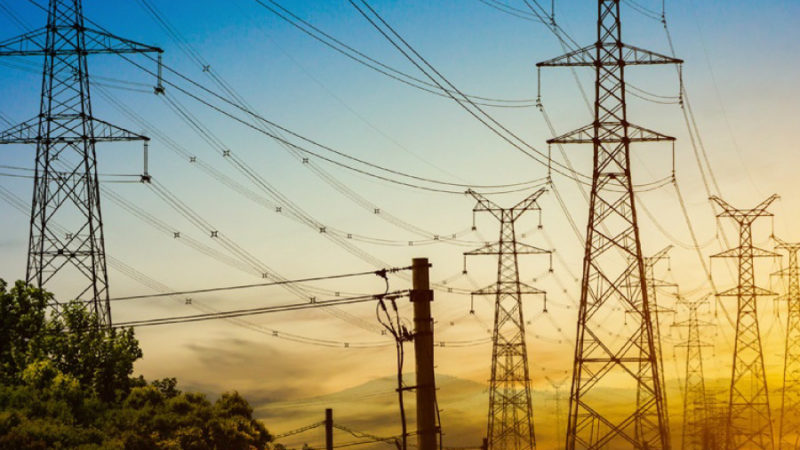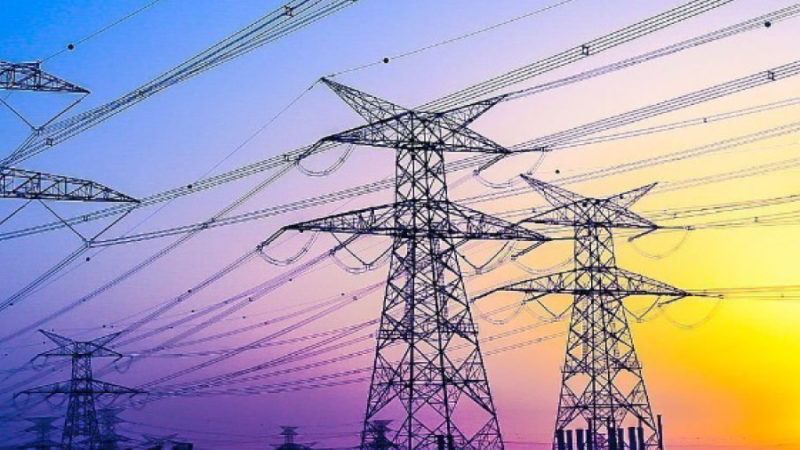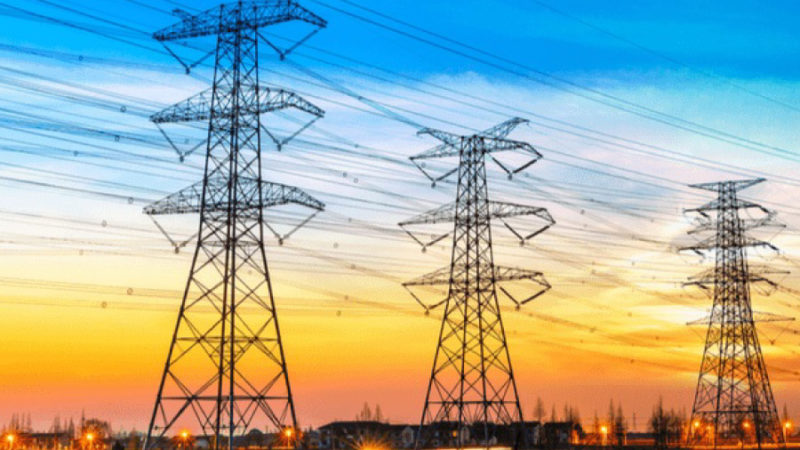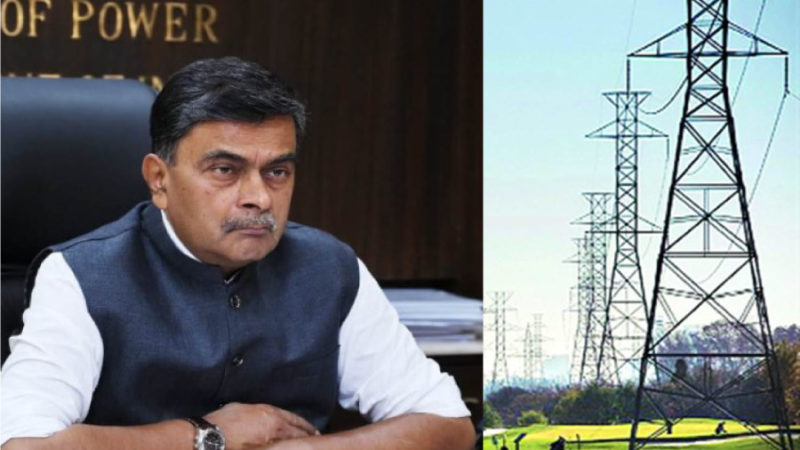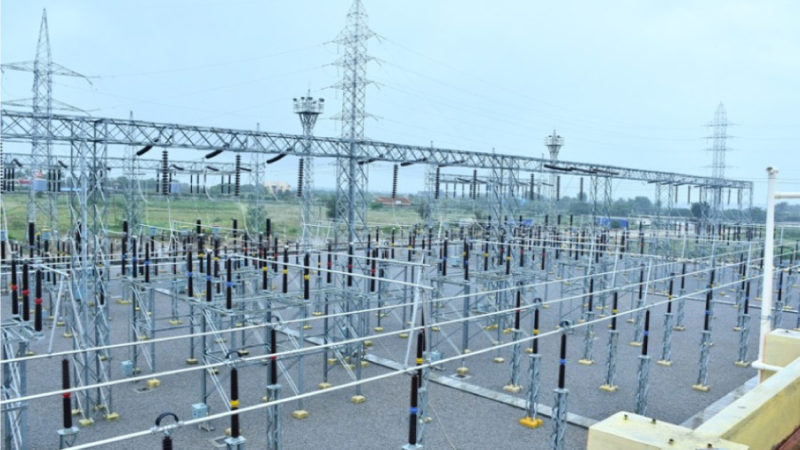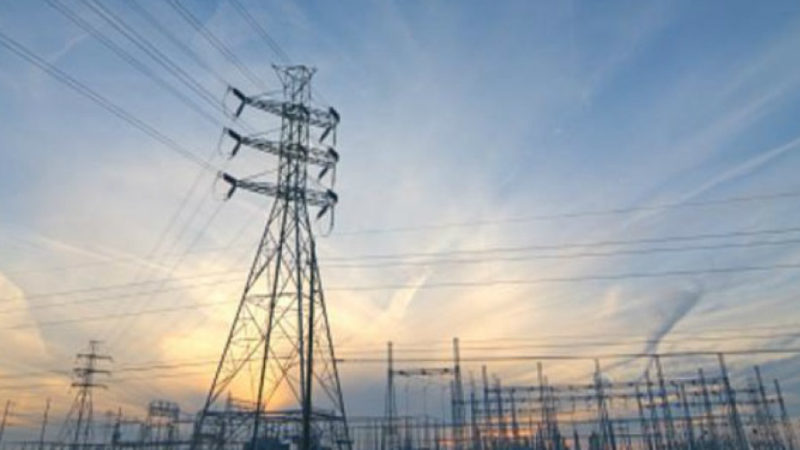Transmission Towers – Indian Market Overview & Outlook
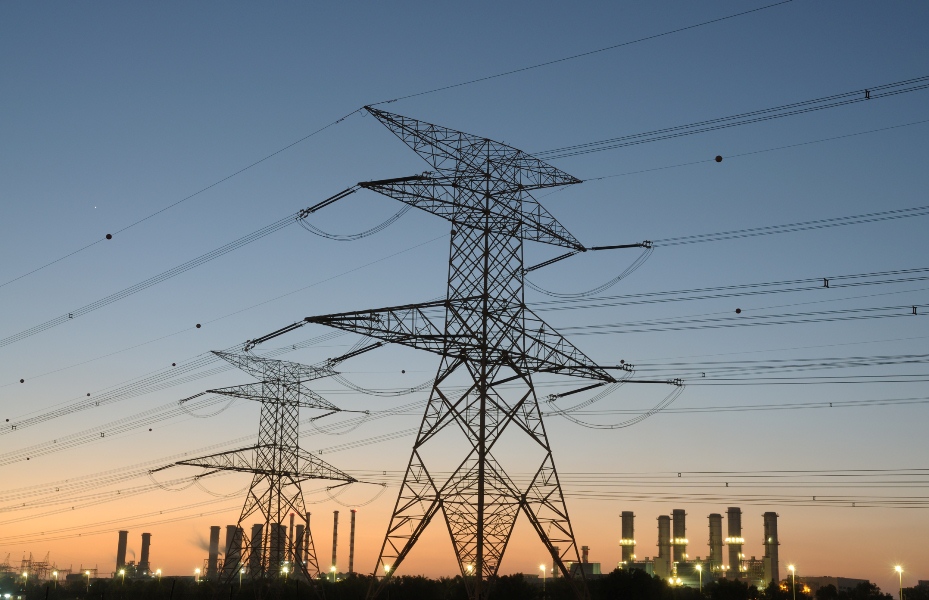
India has emerged as the second-largest market after China for transmission towers, contributing to over 15 per cent of the global market. Growing investments towards building a viable electricity network as well as supporting regulatory reforms to integrate renewable technologies in the grid will fuel the market.
India being a developing nation, the demand for electricity to support the economic growth is on continuous rise. Thus there is need for substantial growth in transmission sector to support the growing load and to provide connectivity to generation projects – especially the renewables.
Fortunately, due to increased focus on the segment in recent past years – the transmission sector has witnessed a significant growth in the country. Transmission towers are the integral part of a transmission network that work as the main supporting unit of an overhead transmission lines used to carry high voltage AC and DC systems and keeping it at a safe height above the ground.
There is need for installation of new transmission and distribution infrastructure to keep pace with trends as well as replacement of ageing infrastructure. All these factors are expected to drive the growth of transmission tower market in the country.
Market Scenario
In 2014, Asia-Pacific represented 36.9 percent of the worldwide market of power transmission towers and cables and, as part of the growing power electricity consumption in developing nations, the region also expects to offer the most profitable growth possibilities on the power transmission towers and cables market between 2015 and 2023.
By 2023, Asia Pacific is expected to account for a more than 43% share in the global market, emerging as the major determinant of the overall growth prospects and profits for the global market. According to one report, the global power Transmission Lines & Towers Market size in 2017 was over USD 30 Billion and is predicted to witness growth of over 1% by 2024. Various reports have projected the region to have the fastest growth and to lead the market in terms of market value.
India has emerged as the secondlargest market after China for transmission towers, contributing to over 15% of the global market. The transmission tower market in the region is mainly driven by new investments to develop a new age grid owing to increasing urbanization and industrialization in the region. Inorganic growth manifestation coupled with extensive fund flow towards technology-based R&D to develop energy efficient, egronomic & economic units have been the key strategies integrated by the leading industry players.
Key Market Driver
The growing investment in the establishment of a viable electricity network combined with favorable regulatory reforms to integrate renewable energy technologies into the grid will increase the scale of the market. Furthermore, the proposed concept of national grid mechanism along with the expansion of grids across international borders positively influences the business landscape.
Inorganic growth manifestation coupled with extensive fund flow towards technology-based R&D to develop energy efficient, egronomic & economic units have been the key strategies integrated by the leading industry players….
In addition, aging infrastructure and increasing rate of bulk power transmission across long distances will also play a key role in driving growth of the electricity transmission towers market.
Increased Focus on Transmission Network: The Government of India’s focus to reinforce the power T&D system opens up profuse opportunities for the towers market too. The government has foreseen an investment plan of Rs 2.6 lakh crore in transmission sector during the FY17- 22, of which estimated Rs 1.3 lakh crore has been allocated for intra-state transmission capacity. Apart from this government’s focus is on railway electrification and providing last mile connectivity and electrifying villages so that it can accomplish the set target will add to the market volume.
Increased Private Participation: The government has introduced policy reforms to boost private participation in transmission sector. The Government of India is encouraging investments at the transmission and distribution level to boost access to reliable and continuous power supply through various schemes. A recent report by Crisil has rated the power transmission sector as the most attractive for infrastructure investment in India. The success of inter-state transmission system public-private partnership projects on the tariffbased competitive bidding model is testimony to the stoutness of the PPP model of the sector.
Renovation and Expansion: Given the ever-increasing demand for electricity, India is undertaking the expansion and renovation of its transmission and distribution (T&D) networks, boosting demand for transmission towers. Funding under the accelerated power development and reform program (APDRP) scheme is helping the state electricity boards (SEBs) reduce losses, and incentives are provided to SEBs based on their reduction in T&D losses. In addition, favourable regulatory reforms adjoining the expansion of smart grid networks will positively influence the business outlook. The paradigm change to IT implementation throughout the electricity sector will significantly improve intelligent grid development, thus enhancing the demand for efficient transmission towers. The country is looking at expansion of extra (EHT) & ultra-high-tension (UHT) grid infrastructure to curb the accumulated line losses. This will drive the HVDC power transmission lines & towers market headway.
The rising demand for electricity, need for replacement of ageing infrastructure and installation of new transmission and distribution infrastructure is expected to drive the growth of transmission tower market….
Rapid commercial expansion and urbanization along with increasing industrialisation across India is boosting the expansion of utility aided grid infrastructure. Industry reports projects an estimated gain of over 1% by 2024 across 132 kV to 220 kV power transmission lines & towers market. Line Up gradation: Effective asynchronous interconnections, negligible short-circuit current, lower losses, and enhanced controllability pose immense potential for existing networks in India. Furthermore, the proposed concept of national grid mechanism along with the expansion of grids across international borders will have positive influences.
Market Challenges
Critical transmission projects are not simple to commission. In India, it is hard to acquire land and to secure rights-of-way (ROW) for a transmission projects. It is getting equally difficult to negotiate new corridors in metropolitan areas and densely populated cities. Thus, most of the transmission tower projects and EHV sub-stations projects in India are grossly delayed.
The industry ascribes the cause of these delays to the necessity of extensive oordination and cooperation between various stakeholders like state owned companies, individual landowners and contractors. This leads to stand-offs on critical issues like ROW (right of way), design, land acquisition, environmental approvals etc. and consequently to unpredictable time overruns.
Way forward
The growth prospects for transmission sector are driven by greater emphasis on grid reliability, and spread of new urban and rural load centres arising from urbanisation and rural electrification. Further, the renewable sector would generate fresh potential for the transmission sector and will add to the demand of transmission towers in the coming years as these projects come up in the hinterland & the consumer is far from place of generation, the infrastructure that needs to be set up in terms of transmission lines & substations would be huge.
The growth for transmission tower market is directly proportionate to the growth of transmission lines in the country. Thus, the rising demand for electricity, need for replacement of ageing infrastructure and installation of new transmission and distribution infrastructure is expected to drive the growth of transmission tower market.
However, varying raw material prices, especially steel, and export and import restrictions may hinder the future potential of this market.


